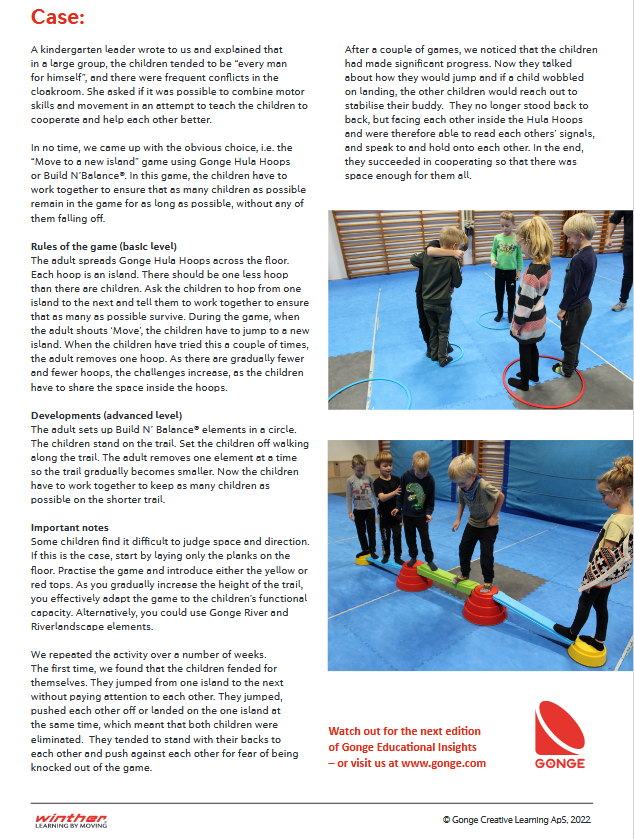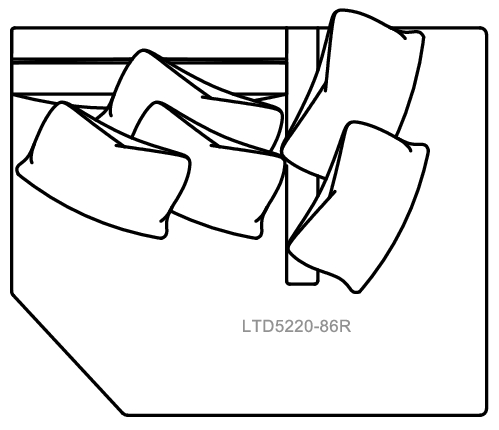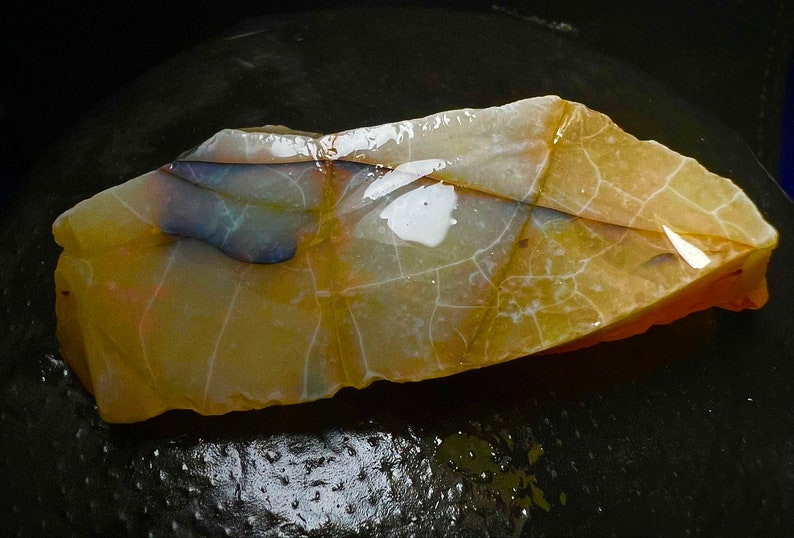Python units are used to shop non-duplicate, exclusive elements. We can edit it and append files to it.set offers one system referred to as add to add one single aspect to a set. Another system referred to as replace could very well be utilized to add a number of parts from one different list, tuple or set.
In this post, we'll discover ways to append gadgets from a list, tuple or set to a python set. In the above code first, we've got created a dictionary and assign them key-value pair elements. Now declare a variable and use one single line of code that's the record comprehension way and it can be transformed into an inventory of tuples. In this chapter, we mentioned the record and tuple objects, their features and methods. In subsequent chapter we'll study dictionary facts type. The Python append() way provides a component on the top of an present list.
Also, it modifies the prevailing record rather than making a brand new one. The append process might be utilized with different Python information varieties units and tuples. It might be utilized because the important thing contained in the dictionary.6The lists are much less reminiscence useful than a tuple.The tuples are extra reminiscence useful by reason of its immutability. To do that process first I must initialize a dictionary with a singular key and a tuple with three values.
Now I need to iterate every key to do that we will use the merchandise within the dict() approach and this operate doesn't take any argument. It perpetually returns the listing will all dictionary elements. As we all know a tuple in Python shops ordered and immutable objects. It is one in every of knowledge style which shops a wide variety of gadgets in a single variable the place all of the weather are positioned inside parentheses () and separated by commas. Lists are sequences that could maintain distinct statistics varieties and Python objects, so that you should use .append() to add any object to a given list. In this example, you first add an integer number, then a string, and eventually a floating-point number.
However, you may additionally add an additional list, a dictionary, a tuple, a user-defined object, and so on. Adding gadgets to an inventory is a reasonably accepted activity in Python, so the language gives a bunch of strategies and operators which might be useful you out with this operation. With .append(), you may add gadgets to the top of an present listing object.
You may use .append() in a for loop to populate lists programmatically. If gadgets in list/tuple are strings, min() and max() capabilities returns string that comes first/last in alphabetical order. If list/tuple is made up of numeric and nonnumeric values, TypeError exception is raised as comparability of dissimilar objects is simply not possible. In this example, we now have initialized an inventory and accommodates the weather within the shape of tuples. Now I wish to transform this listing right right into a dictionary to do that I will create a variable and use the dict() process to transform the listing right right into a dictionary.
After that, I will create a brand new record and use a print fact wherein I will move the 'tuple' key phrase as an argument and screen the result. In Python, the reverse() technique can't be utilized in tuples as a outcome of they're immutable. In the case of the dictionary, we will not change or reverse the given parts as a outcome of gadgets within the dictionary are within the shape of key-value pairs.
In Python the dict() technique takes an inventory of tuples as an argument and every tuple shop key-value pair aspect and it returns right into a dictionary. The parameter Index Index Index Index Index index ought to comprise a single integer worth . Therefore, the primary tuple aspect has obtained the index 0.
How To Append Number In Tuple As tuple is immutable so as soon as created values cannot be changed. Still if we wish to switch the prevailing tuple, then in that case we've got to create a brand new tuple with up to date components solely from the prevailing tuple. So let's commence exploring the subject to understand how we will append, insert, modify and delete components in Tuple. So far, you've discovered ways to make use of .append() to add a single merchandise to an inventory or to populate lists from scratch.
Now it's time for a special and extra specified quite example. In this section, you'll discover ways to make use of a Python listing to create stack and queue files buildings with the minimal required performance applying .append() and .pop(). One factor to remember is that a tuple is immutable. This signifies that when it's created, you can't modify it in-place. A list, on the opposite hand, is mutable — which means you'll actually add elements, get rid of elements, and alter parts in-place.
A record has further overhead, so solely use an inventory for those who must modify the values. Append Method The append() system in python provides a single merchandise to the prevailing list. It doesn't return a brand new record of things however will modify the unique record by including the merchandise to the top of the list. After executing the tactic append on the record the dimensions of the record will boost by one.
List comprehension together with zip() perform is used to transform the tuples to record and create an inventory of tuples. Python iter() perform is used to iterate a component of an object at a time. The 'number' would specify the variety of components to be clubbed right into a single tuple to kind a list. The third append declaration provides a tuple to the prevailing record mylist.
When this tuple is added to the top of the list, its worth turns into [1, 2, 3, ('apple', 'banana', 'cherry')]. Then finally, mylist is assigned an empty record with no values. Then the record ["apple", "banana", "cherry"] is added to it employing the append() method. This record is added as a single aspect on the top of mylist, even however there are not any different elements. The resultant record seems like [['apple', 'banana', 'cherry']].
Arrays assist most listing operations, resembling slicing and indexing. Like lists, array.array() additionally can grant a way referred to as .append(). This system works equally to its listing counterpart, including a single worth to the top of the underlying array. However, the worth should have a knowledge variety that's suitable with the prevailing values within the array.
In Python, tuples are immutable i.e. as soon as created we cannot change its contents. But typically we wish to switch the prevailing tuple, in that case we have to create a brand new tuple with up to date parts solely from the prevailing tuple. In this tutorial, you'll discover techniques to make use of Python to append to a tuple. If you may have an inventory of parts in Python, there is perhaps a must add extra parts to it. The simplest techniques to add parts to an inventory is through the use of the concatenation operator +.
Using this operator you can actually add two or extra lists right into a brand new list. In case you would like to add components to the top of an inventory or earlier than a specified index. Python affords techniques resembling append() and extend() for this. Python Tuple is used to retailer the sequence of immutable Python objects.
Tuples might possibly be utilized as keys in a dictionary, however lists cannot be used this way.Actually, that is extra difficult than that. Tuples themselves are immutable, however in case you could have a tuple of lists, that counts as mutable and is not dependable to make use of as a dictionary key. Only tuples of strings, numbers, or different dictionary-safe tuples might possibly be utilized as dictionary keys. You can, however, use in to see if a component exists within the tuple. In this example, first we'll create a dictionary and assign them key-value pair. Now declare a variable 'new_arr' and move new_key and new_val variable as a tuple argument.
To convert dictionary into array of tuple we will use listing comprehension method. In this example, you only map your key to an inventory and add tuples to the list. To carry out this exact activity we'll create a dictionary and assign a key-value factor however on this case, the worth represents the list. Now declare a variable and use the append carry out to add a tuple in a dictionary. In this instance to iterate over the tuple key we will apply append way and move 'you_dict' as an argument.
Now it can iterate over this listing of tuples with the variable identify 'new_val'. To entry the tuple components from the dictionary and consists of them in a list. We need to initialize a dictionary and move the tuple key and worth as an argument. Now to get all tuple keys from the dictionary we need to make use of the Python listing comprehension method. In this example, first we'll initialize an inventory with tuples and use the dict() approach to transform an inventory of tuples right into a dictionary and print the result.
It will monitor the output within the shape of dictionary which comprises key-value pair. A tuple might comprise components of various types, that are saved contiguously in memory. Accessing any aspect takes fixed time, however modifying a tuple, which produces a shallow copy, takes linear time. Tuples are good for analyzing info when lists are enhanced for traversals. Tuples can comprise any variety of components and of any datatype (like strings, integers, list, etc.). Tuples might even be created with a single element, however it's a bit tricky.
Having one aspect within the parentheses will not be sufficient, there should be a trailing 'comma' to make it a tuple. First, convert tuple to listing by built-in perform list(). Then use one more built-in perform tuple() to transform this listing object again to tuple.
Like with a number of comparable methods, .append() modifications the underlying listing in place. Trying to make use of the return worth of .append() is a standard mistake with regards to getting to know how mutable sequence sorts work. Keeping this conduct of .append() in thoughts will enable you hinder errors in your code. Hence any operation that tries to switch it isn't allowed. First, convert tuple to listing by built-in perform listing (). Then use an additional built-in perform tuple () to transform this listing object again to tuple.
You can't add parts to a tuple as a result of their immutable property. There's no append() or extend() technique for tuples, You can't dispose of parts from a tuple, additionally as a result of their immutability. Here, param could be a set, list, tuples or dictionary. Much like strings, tuple values would be altered or appended by basically concatenating a brand new worth onto the prevailing one.
It combines two distinct units of tuples into one and doesn't truly change present values, sustaining the immutability of the info type. Python tuples are among the principle container info buildings out there inside Python. They are basically created utilizing common parentheses (). Because they're container info types, they'll maintain distinct gadgets and permit gadgets of various info types, which means that they're heterogeneous.
List and Tuple are built-in container varieties outlined in Python. Objects of equally these varieties can keep totally different different objects which might be accessible by index. List in addition to tuple is a sequence knowledge type, simply as string. List in addition to tuple can keep objects which needn't be of similar type. Let us see methods to add tuples that keep a number of values to a single key in a Python dictionary.
In this section, we will see tips to iterate over a dictionary in Python. In this example, the keys are a tuple and the values are integer numbers. Now we'll use the dict() system and it accepts for loop occasion over the record of tuples. When others collaborate with you in your code, your use of tuples will convey to them that you simply just don't intend for these sequences of values to be modified. The extend() system doesn't must appendlists, one can add any iterable object (tuples, sets, dictionaries etc.). Tuple characterize facts that you simply just don't must update, so it is best to use record different than tuple if you'll want to replace it.
However, for those who actually should replace tuple , you'll convert it to listing , replace it, after which flip it again into tuple . Python supplies a way referred to as .append() that you'll use to add gadgets to the top of a given list. This methodology is generally used both to add a single merchandise to the top of an inventory or to populate an inventory employing a for loop. Learning the way to make use of .append() will assist you course of lists in your programs. Here, you outline square_root(), which takes an inventory of numbers as an argument.
Inside square_root(), you create an empty listing referred to as consequence and begin a for loop that iterates over the gadgets in numbers. In every iteration, you employ math.sqrt() to calculate the sq. root of the present wide variety after which use .append() to add the consequence to result. Once the loop finishes, you come back the ensuing list. After writing the above code , Ones you'll print " worth " then the output will seem as a " ". In this way, we will convert listing to a tuple in python. Converting the tuple right into an inventory will open different prospects employing built-in capabilities like type (), eliminate (), and different attainable listing manipulations.
In summary, tuples can't be in simple terms modified like lists by reason of their immutable nature. The most intensive approach to append to a tuple is to transform the tuple right into a list. You can see that list() procedure transformed tuple to list. The type() is a built-in operate that permits you to envision the info kind of the parameter handed to it. In this tutorial, you discovered gain knowledge of how to make use of Python to append to a tuple. You discovered about why Python tuples are immutable and what advantages this will convey to your programs.
You then discovered the way to append to a Python tuple applying tuple concatenation, listing conversion and tuple unpacking. Finally, you discovered wherein circumstances it really is feasible to switch a tuples contents by appending to a tuples' value. If you might have an inventory the place you desire to add a single element, the append() approach is worthwhile and easiest.




























